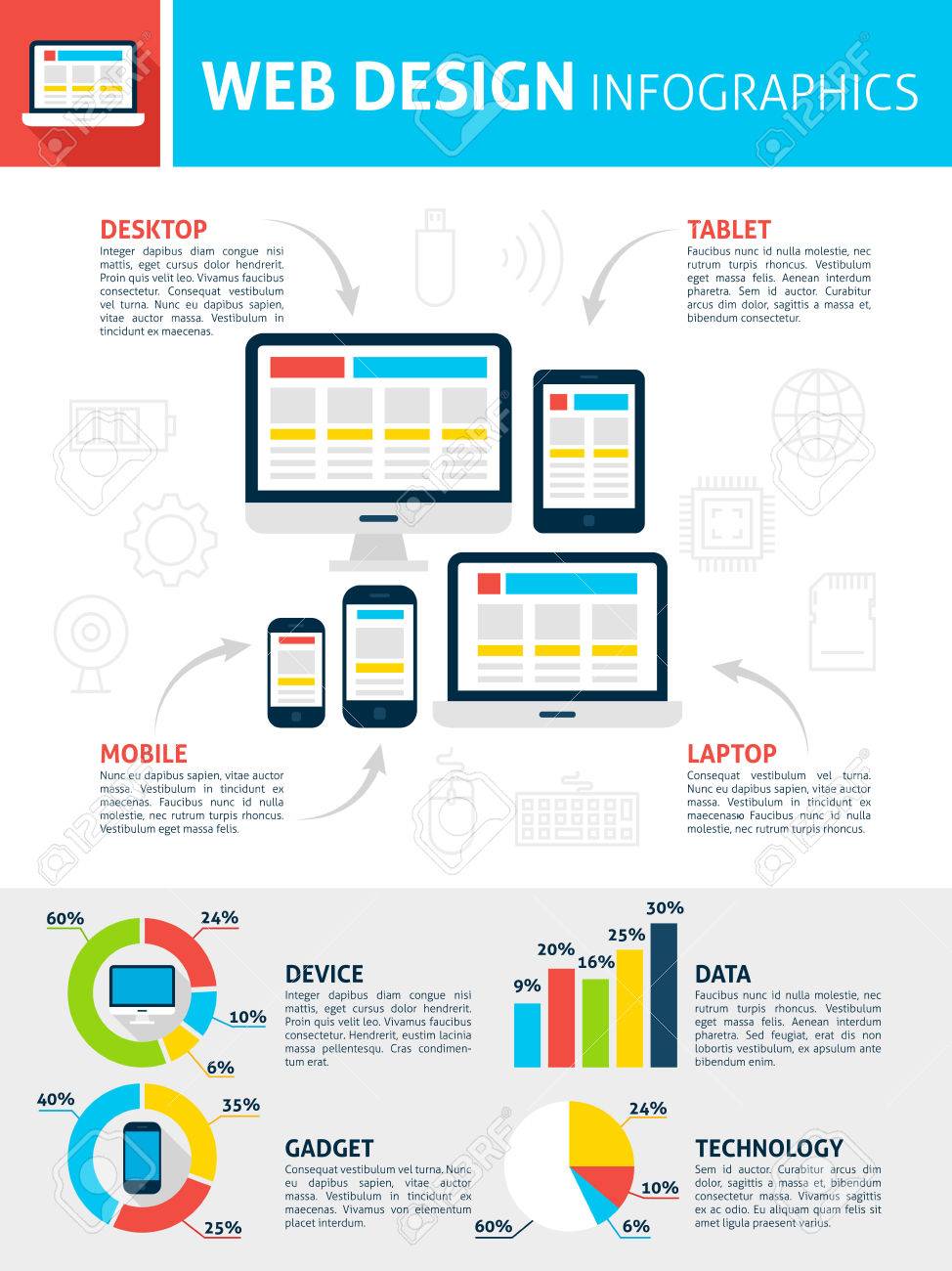Internet Site Style Fundamentals: Tips For Building A User-Friendly Website
Internet Site Style Fundamentals: Tips For Building A User-Friendly Website
Blog Article
Written By-McKnight Secher
When it involves website layout, guaranteeing user-friendliness is crucial. From receptive style to streamlined navigation, every aspect plays a crucial duty in producing a website that deals with your audience's needs. Yet what about the finer details that can make or break a customer's browsing experience? Stay tuned as we uncover some often-overlooked tips that can elevate your site's functionality to the next degree, making it genuinely stick out in the digital landscape.
Importance of Responsive Layout
Receptive design is a crucial facet of modern internet site advancement. Ensuring your internet site is responsive methods that it can adjust to various display dimensions and tools, providing a seamless experience for individuals.
With What Is A Digital Marketing Agency Definition increasing use of smart devices and tablet computers to access the web, having a responsive layout is crucial for getting to a broader target market. It assists in enhancing customer experience by making your website very easy to browse and keep reading any type of tool.
Additionally, responsive style can favorably affect your internet search engine positions, as online search engine like Google prioritize mobile-friendly internet sites. By having a responsive style, you're also future-proofing your internet site, as new tools with varying screen dimensions continue to arise.
Simplify Navigation Structure
To enhance user experience and assist in simple access to details on your web site, improving the navigation structure is extremely important. When developing your site, concentrate on producing a clear and user-friendly navigating menu that helps visitors discover what they're searching for swiftly.
Restriction the variety of menu items to the fundamentals, organizing relevant web pages with each other to avoid overwhelming individuals. Usage descriptive tags that clearly show the material of each page, making it less complicated for users to understand where each link will certainly take them.
Consider applying dropdown food selections for subcategories to prevent littering the major navigating bar. Furthermore, include a search bar plainly on the page for users that prefer searching for certain information.
Prioritize mobile responsiveness in your navigation style to make sure easy access on all tools.
Maximize Page Load Rate
Improving web page lots speed is essential for maintaining site visitors on your site. Slow-loading pages discourage users and can result in high bounce prices. To https://photographic-and-digital77654.blogofchange.com/32595965/transforming-ideas-into-action-achieving-excellence-in-website-development , begin by optimizing images. Press pictures without compromising quality to reduce their documents dimensions.
Additionally, make it possible for internet browser caching to save regularly accessed sources locally, speeding up load times for returning visitors. Minify CSS, JavaScript, and HTML files by removing unnecessary characters, comments, and formatting, boosting lots speed.
Take into consideration utilizing a web content shipment network (CDN) to disperse your website's web content across multiple servers worldwide, lowering latency for users accessing your site from various places. Lastly, restrict using third-party scripts and plugins, as they can considerably influence lots times.
Conclusion
Finally, by incorporating responsive layout, simplifying navigation, and optimizing web page lots rate, you can develop a straightforward site that attract a wider audience and boosts user experience. These essential elements make certain that site visitors can conveniently gain access to and browse your website across different tools, bring about raised engagement and complete satisfaction. By focusing on these crucial aspects, you can construct a successful web site that maintains individuals returning for even more.
